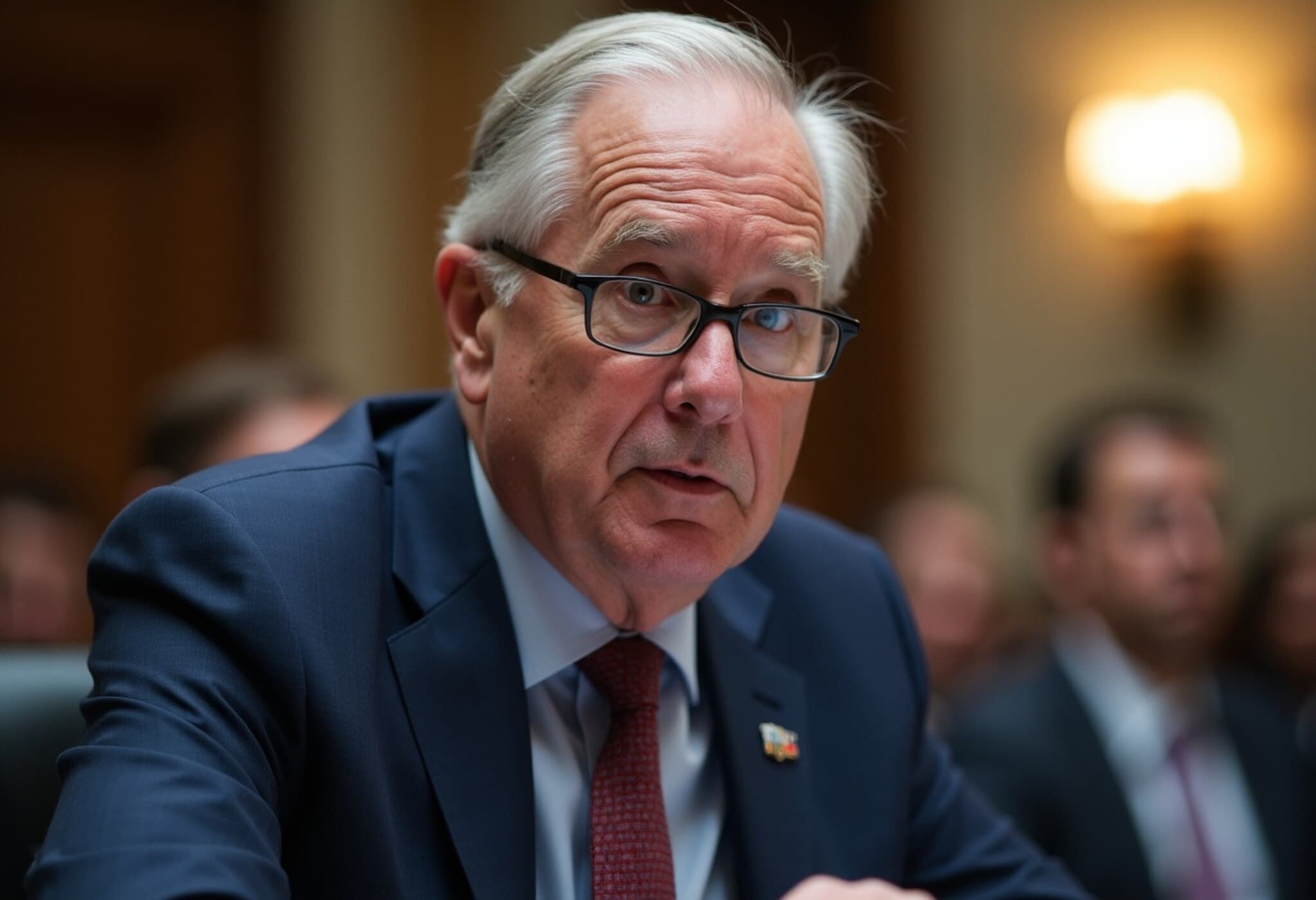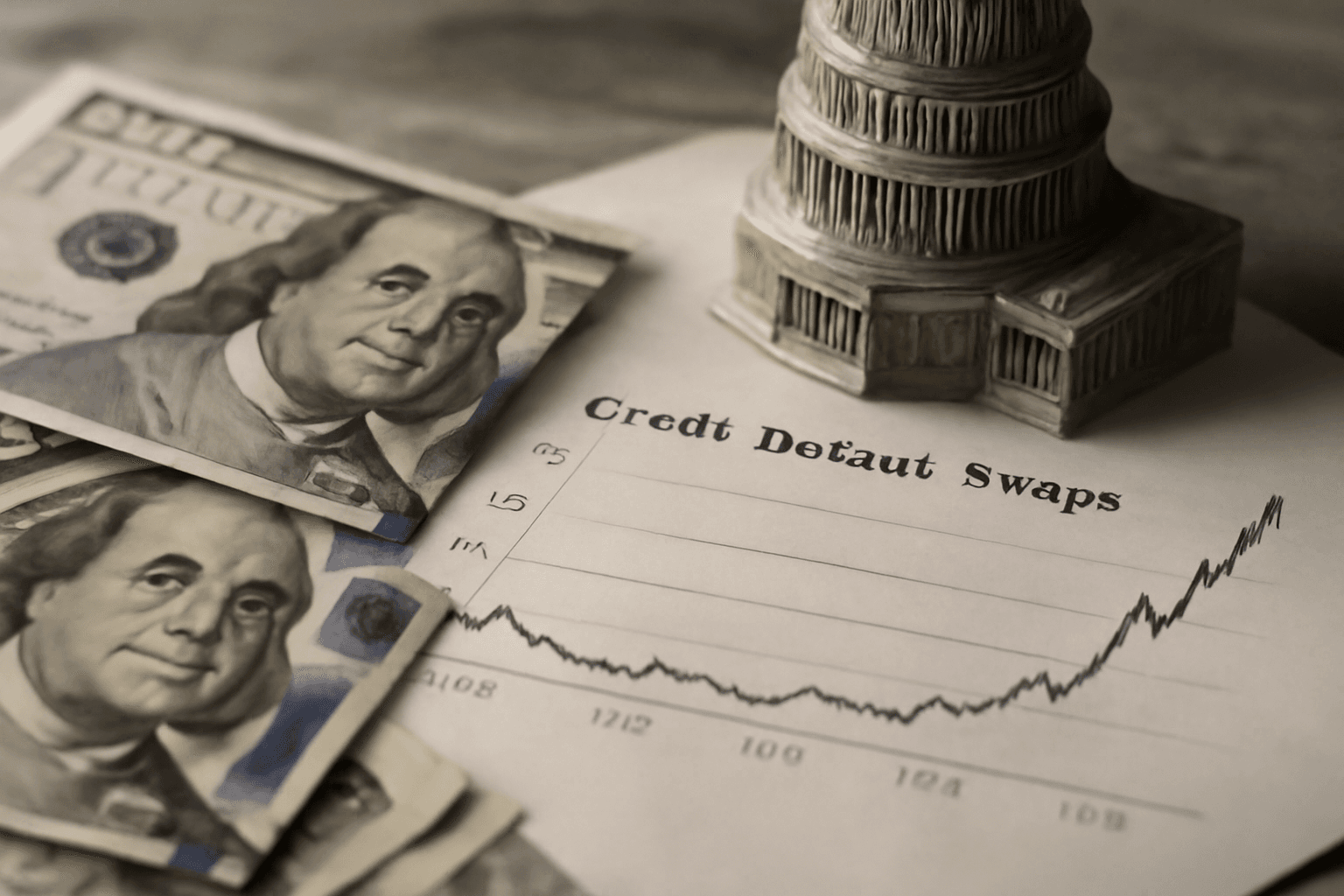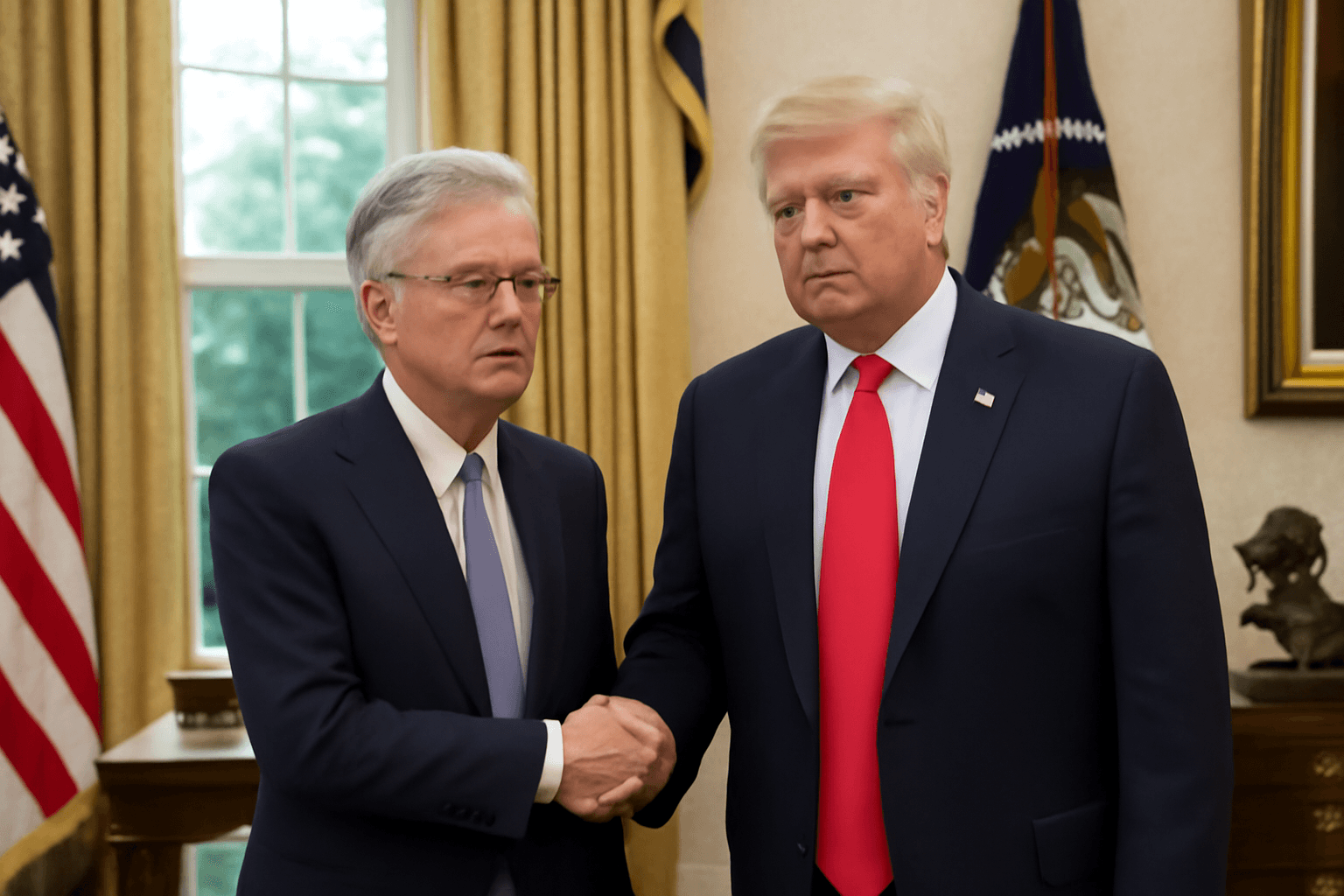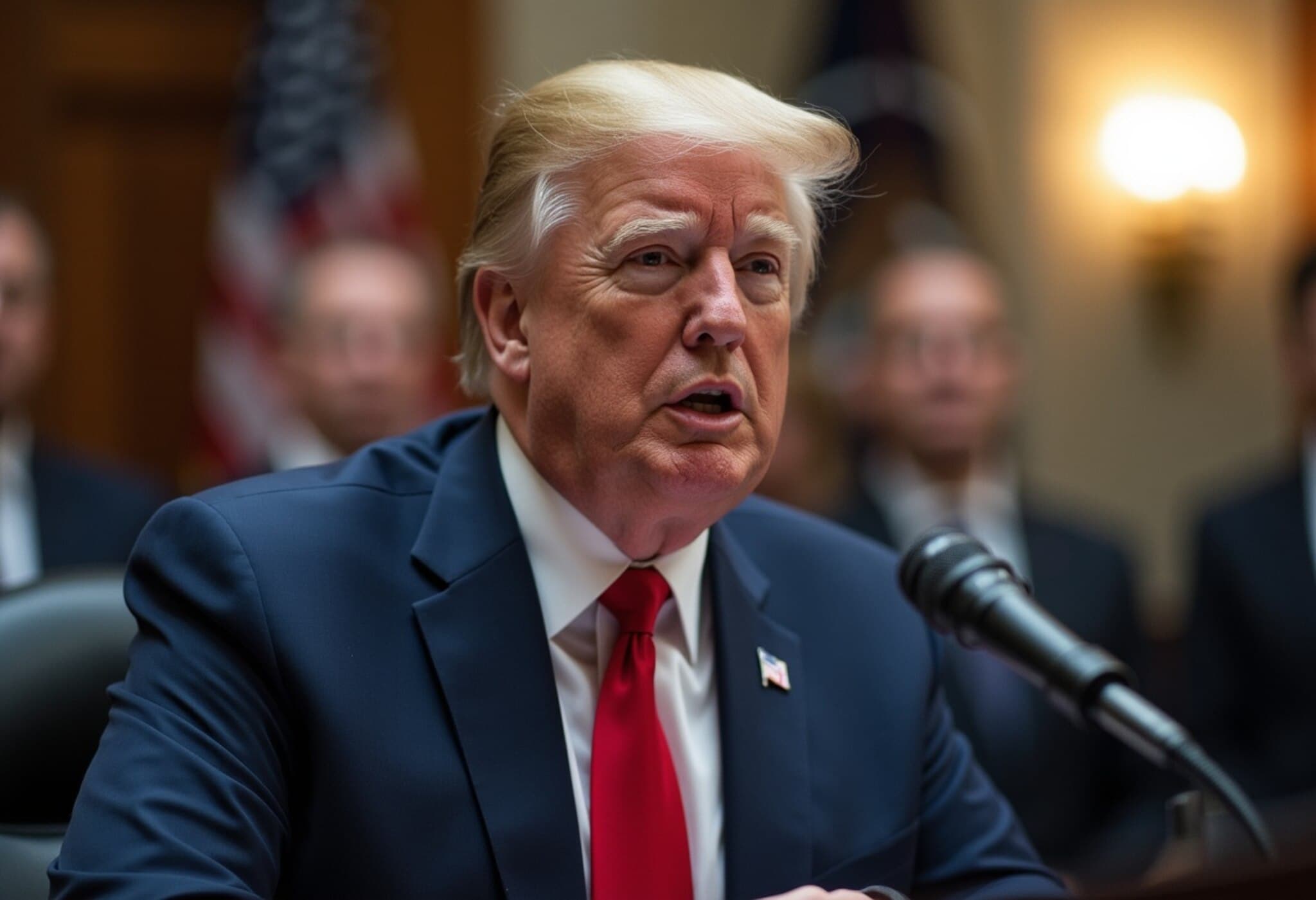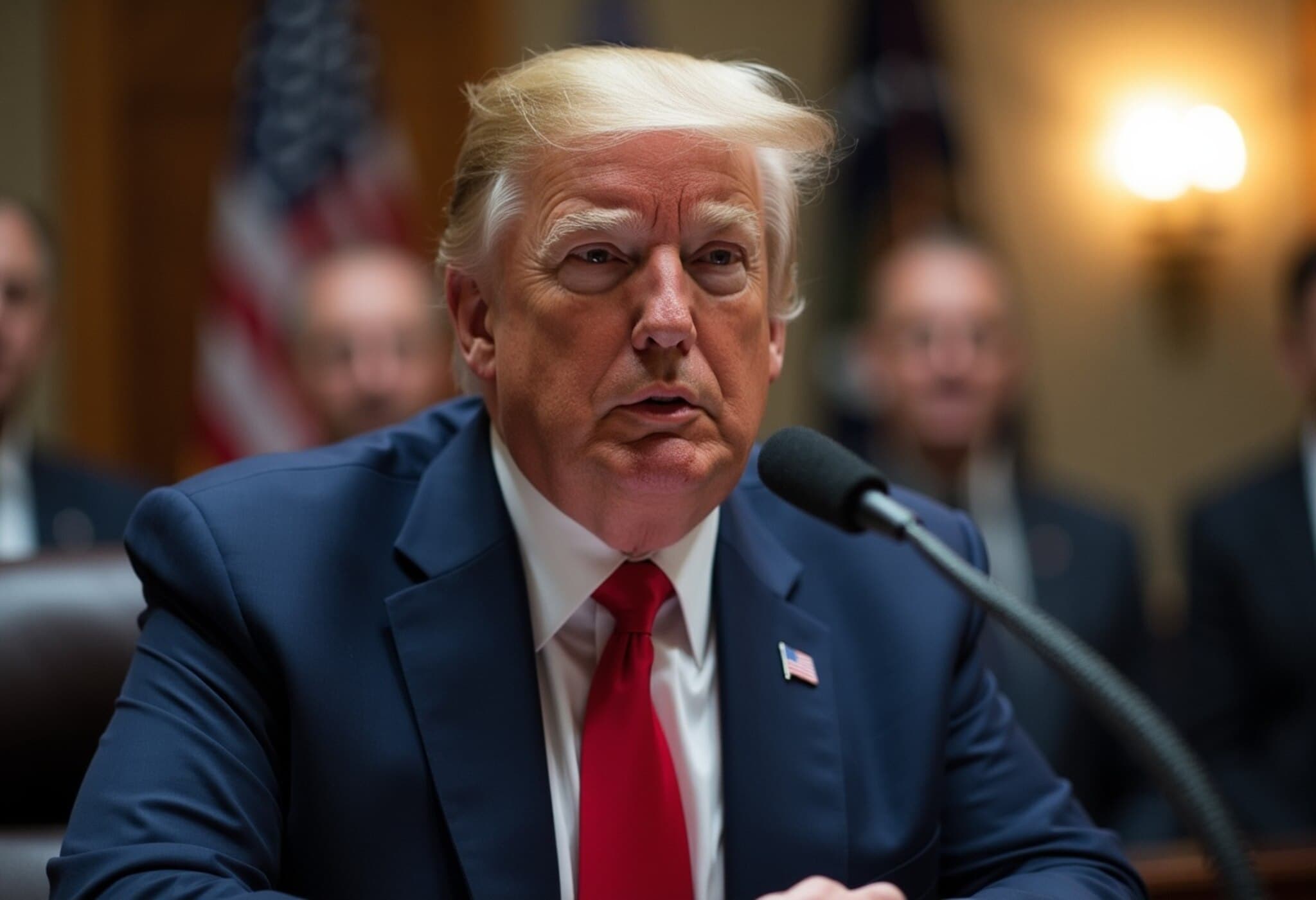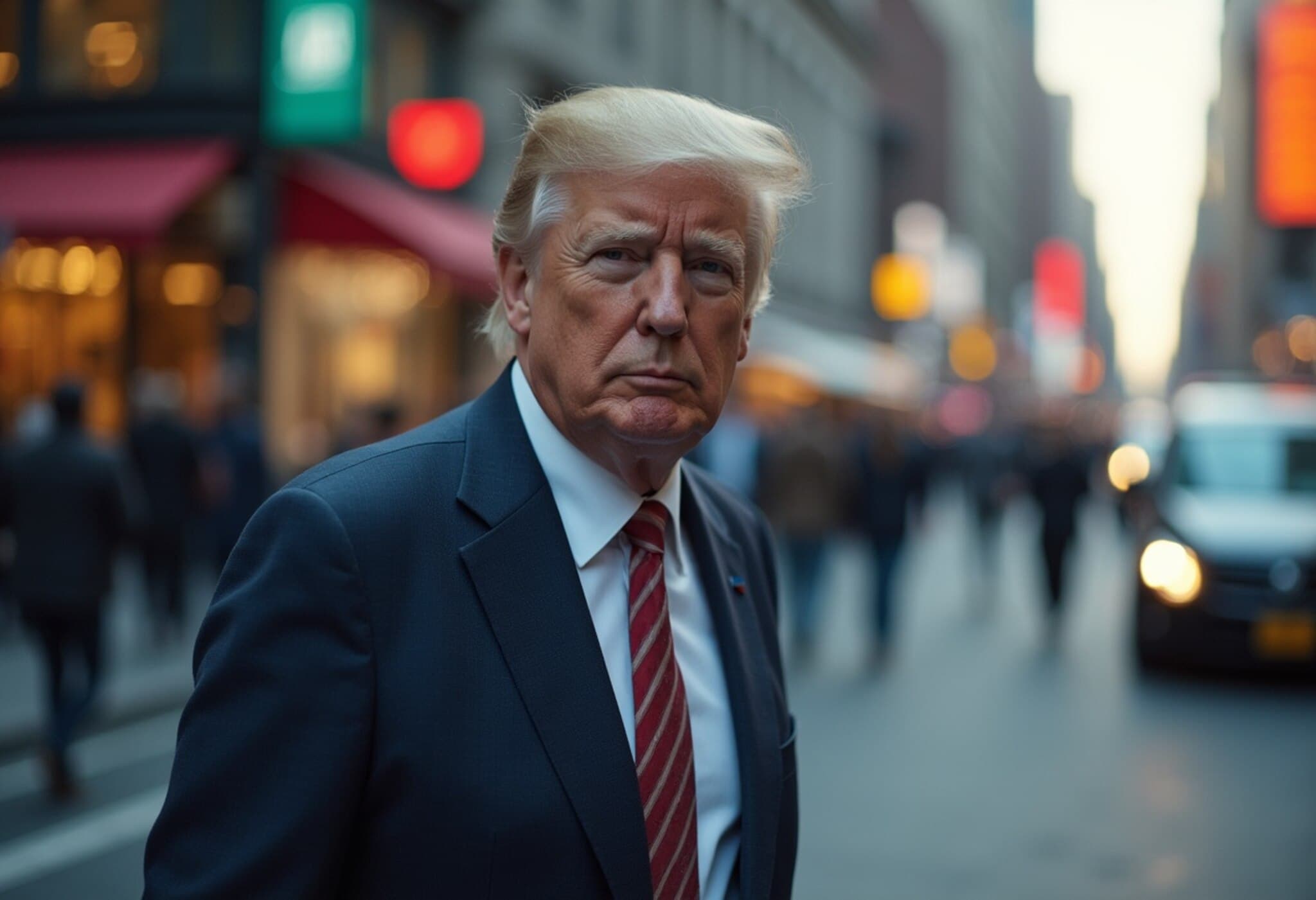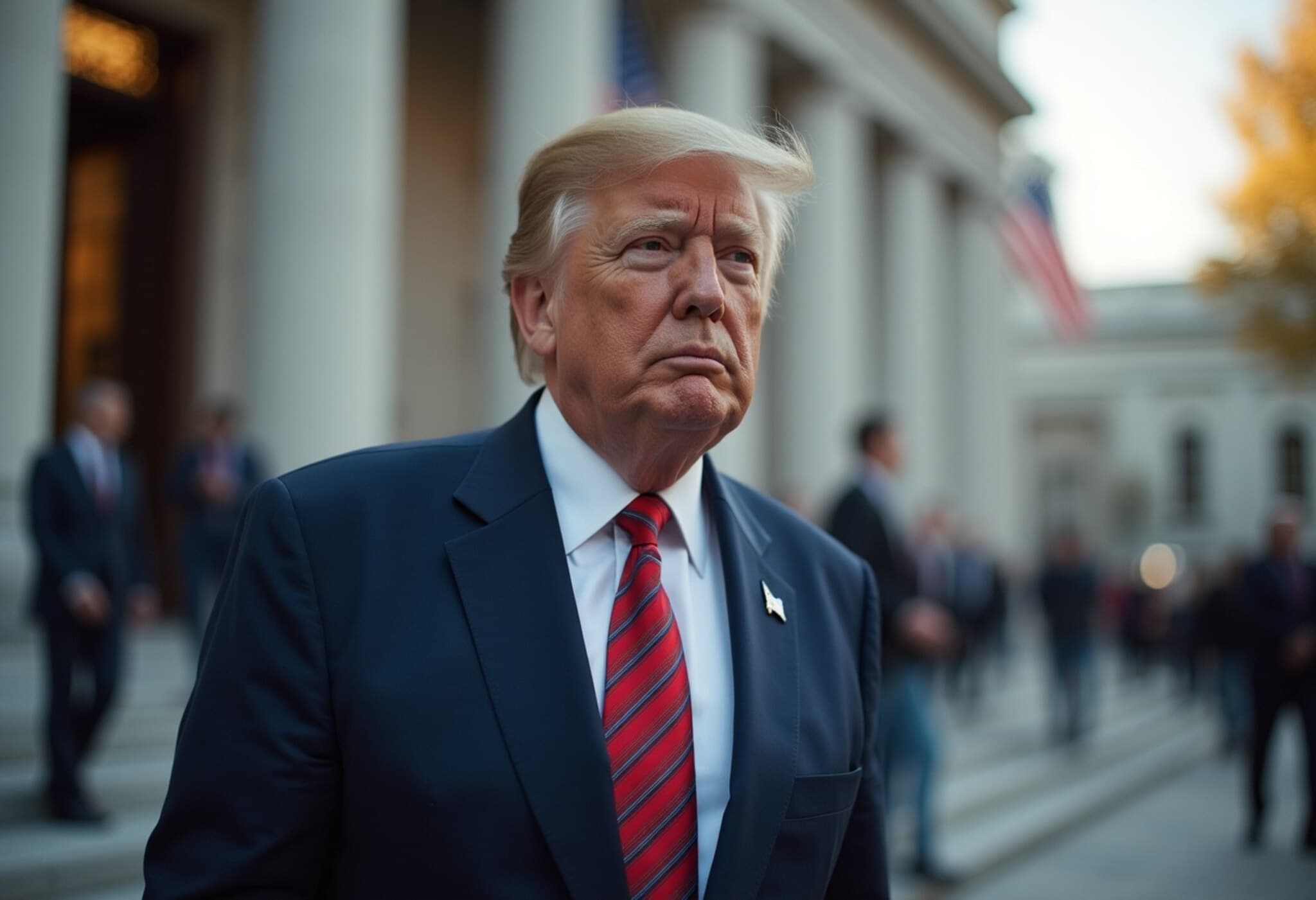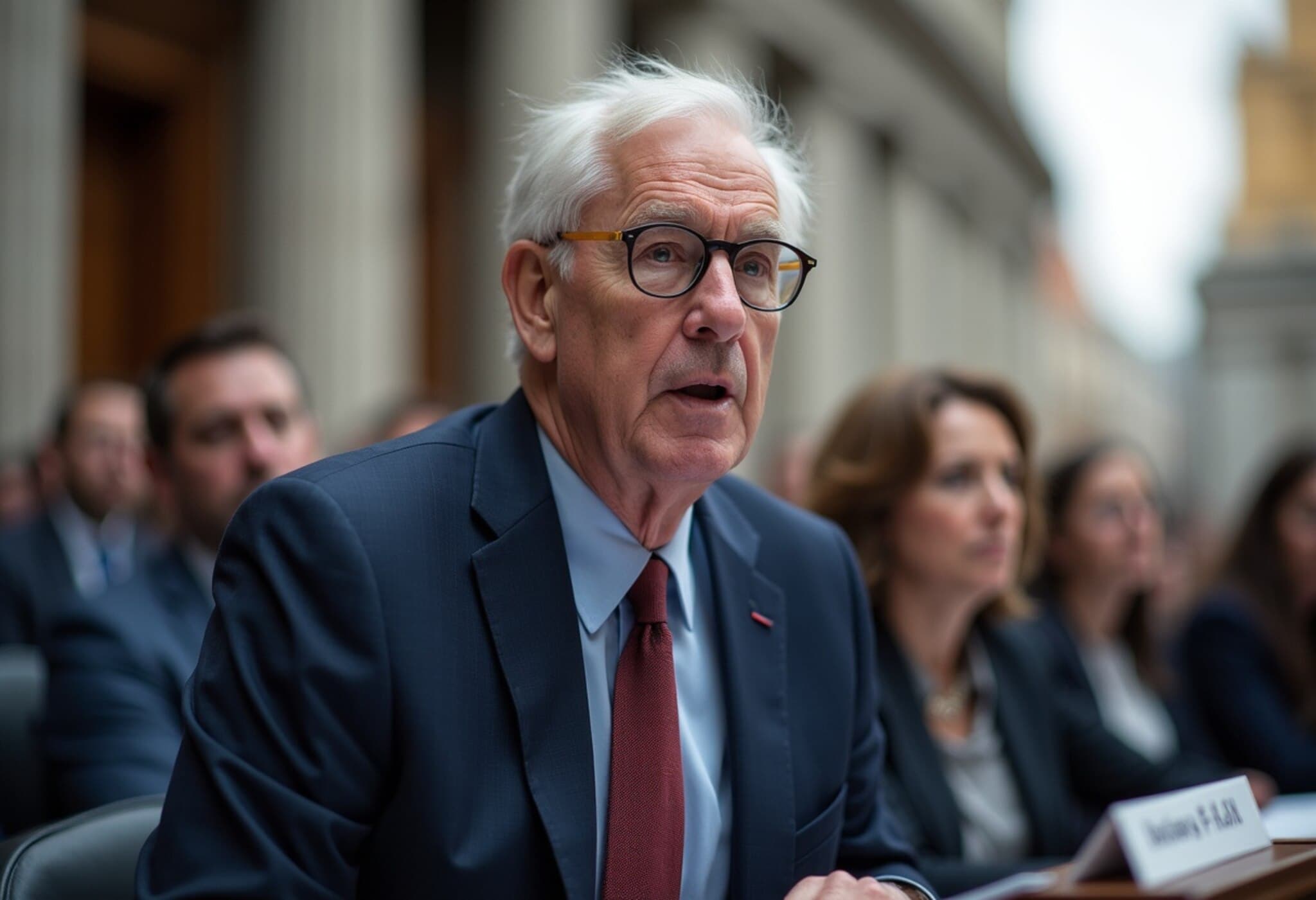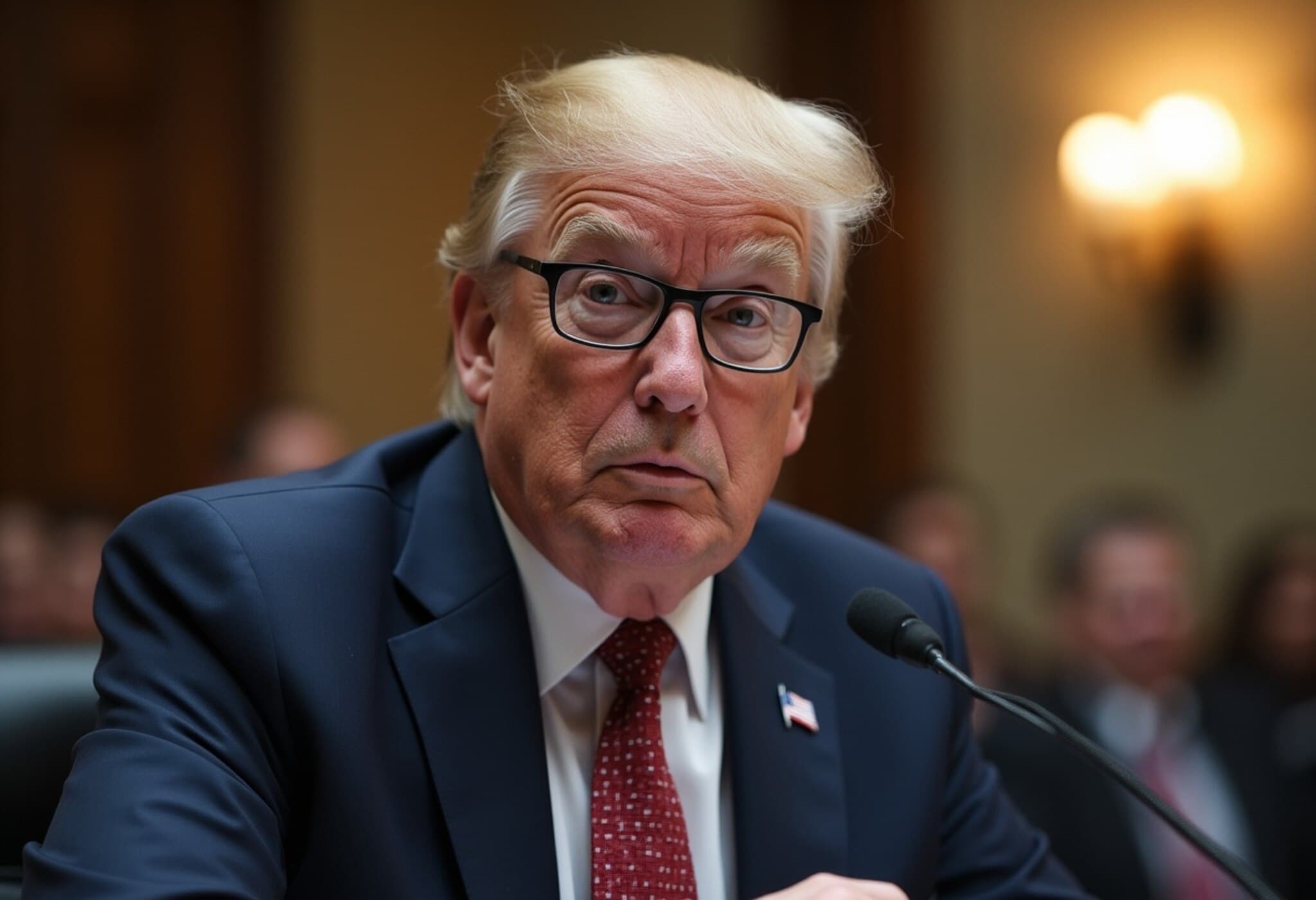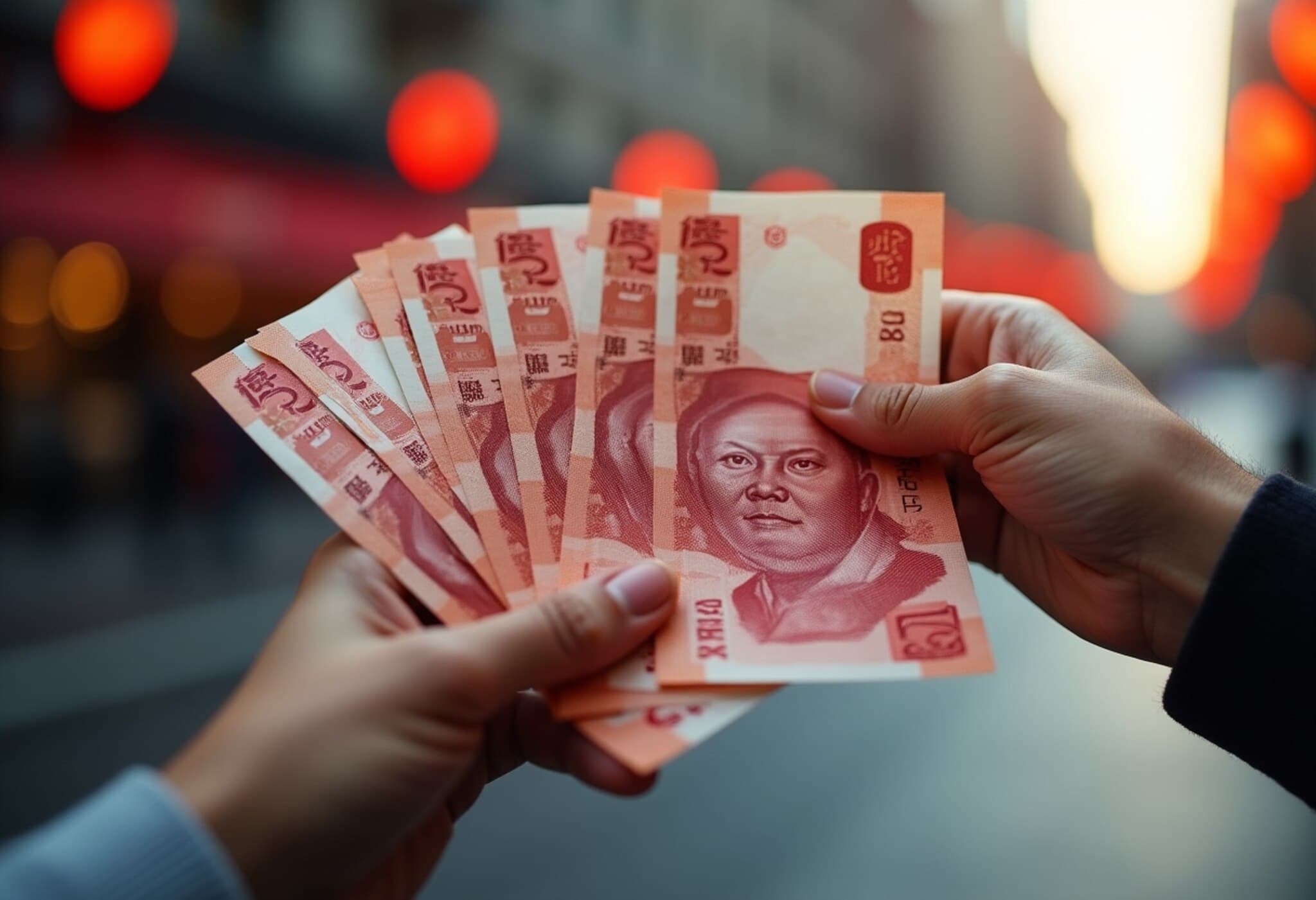U.S. Treasury Yields Dip Even as Fed Signals Patience on Rate Cuts
On Tuesday, U.S. Treasury yields slipped despite Federal Reserve Chair Jerome Powell’s remarks indicating no immediate plans to reduce interest rates. Powell emphasized a cautious approach, highlighting the Fed’s readiness to wait and observe how tariffs impact the economy before making any policy shifts.
Yields Reflect Market Reactions Amid Mixed Signals
- The 10-year Treasury yield dropped by 3.1 basis points to 4.291%.
- The 5-year Treasury yield fell 1.4 basis points to 3.815%.
- The 30-year Treasury yield also declined by 2.7 basis points, trading at 4.832%.
(Note: One basis point equals 0.01%, and bond yields move inversely to prices.)
Powell Stresses Inflation Control, Market Anticipates Faster Rate Cuts
Initially, yields climbed after Powell stated that the Federal Open Market Committee (FOMC) is “well positioned to wait” before considering policy rate adjustments. He reiterated the Fed’s priority to anchor long-term inflation expectations and prevent temporary spikes in prices from leading to persistent inflationary pressures.
However, some market analysts interpret signals differently. Andrew Brenner, a strategist at NatAlliance, noted, “The markets are telling Powell that he will be lowering rates much more quickly than he portrayed today.”
Geopolitical Tensions Influence Market Dynamics
In parallel, bond yields were influenced by escalating tensions in the Middle East. Earlier, yields rose following announcements of a ceasefire between Iran and Israel. The truce appeared fragile, with reports of minor violations involving nonlethal rocket fire from both sides. U.S. President Donald Trump announced the ceasefire on social media, urging compliance to prevent further conflict.
Despite initial skirmishes, the ceasefire seems to be holding, easing some geopolitical uncertainty that had unsettled markets.
What This Means Going Forward
Investors are balancing Fed policy signals and geopolitical risks as they navigate the current bond market. The cautious stance from the Fed suggests a measured path ahead, but market expectations for quicker rate reductions highlight potential volatility.
Market watchers will closely monitor upcoming economic data and geopolitical developments to gauge future Treasury yield movements.

